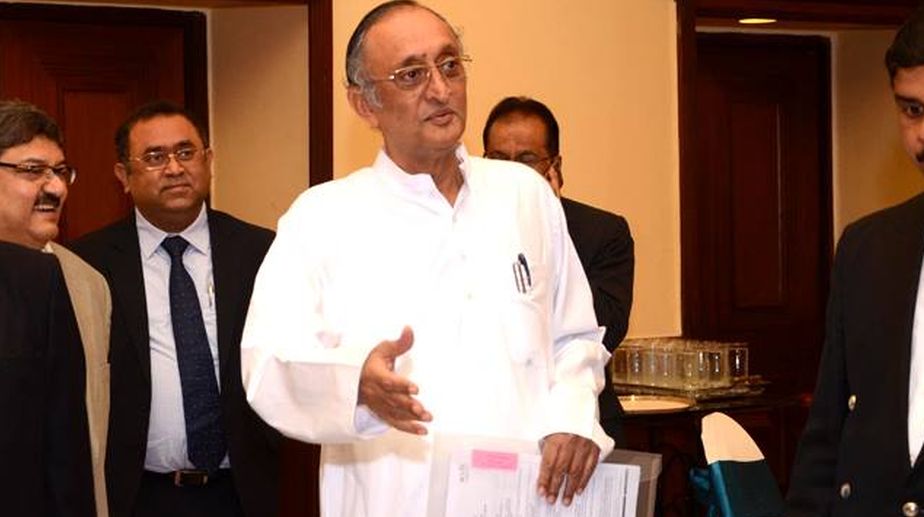It might be tempting to aver that the West Bengal budget for 2018-19 was crafted with an eye on the panchayat election later this year. So perhaps it is; any party at the helm would have followed a similar matrix. Nonetheless, the perceived political underpinning ought not to detract from the theoretical facets of finance minister Amit Mitra’s exercise.
Unmistakable is the focus on the rural and social sectors in a speech that abjured egalitarian cant. Having said that, the chief regret must be that concordant with the previous budgets of the Trinamul Congress dispensation, there is little or no effort towards revenue generation in a state that contends with a torpid economy.
A pie-chart would indicate that while the state’s tax revenue was Rs 56,000 crore in 2017-18, it will have to shell out Rs 52,000 crore to service outstanding debt and another Rs 50,000 crore on salaries of a behemoth staff, pensions, and subsidies. No easy task for an economy that grapples with a Rs 3 lakh crore debt burden.
More immediately, the “special Rs 100-crore corpus fund” for distressed farmers, many of whom have dumped their crop on the state higways before committing suicide, is to be welcomed. The fund will, it is fervently hoped, check what they call “distress sale” of surplus produce, most particularly potatoes ~ an essential commodity that has rocked dispensations of the Left (1999) as well as the Trinamul Congress.
The dire phenomenon is almost endemic in the country, but it needs to be acknowledged that the state government has initiated an essay to address an agrarian tragedy. Beyond the peasantry, the fund ought also to benefit the social sector as envisaged, notably the “specially challenged” and poor families for whom the marriage of a daughter can be an exorbitant proposition.
Mr Mitra has attributed the agrarian distress to what he calls the “lack of banking services in the rural areas” and its attendant problems owing to demonetisation. While the point is well-taken, it devolves on the finance department to revamp the cooperative banking sector ~ as often as not the fountainhead of corruption in rural Bengal ~ and no less crucially rein in the village money-lender.
Apart from social sector spending, the striking feature of the state budget is the boost for the real estate sector. Cutting across the categorisation of lower, middle and upper classes, the one percentage point cut in stamp duty ~ from 7 to 6 per cent in urban areas and from 6 to 5 per cent in rural areas ~ can be expected to benefit prospective buyers of flats as well as the housing sector generally.
Regretfully, the reductions will be effected by sacrificing a fair amount of revenue. Regretfully once more, the “Mitra model” ~, unlike Mr Jaitley’s budget ~, offers little in terms of education and health. The state languishes on the cusp of bankruptcy. More’s the pity.











